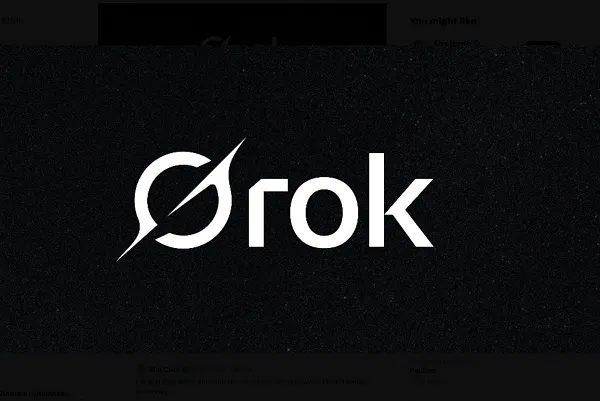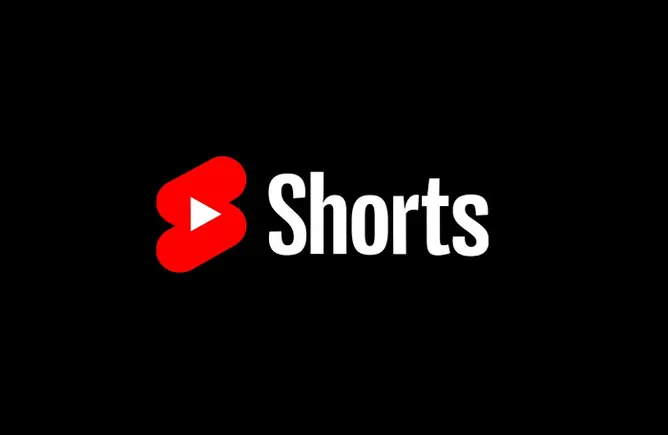The Perfect Guide for Where to Submit Your Writing (Does Not Exist)
We often long for perfect guidance about where to submit our writing, but there’s no substitute for getting to know the landscape ourselves.


Today’s post is by Dennis James Sweeney, author of the new book How to Submit.
As writers, we often long for the perfect guide to where we should submit our writing. We want a resource that is dependable, consistent, and navigable. The publishing landscape is complicated! Especially when we are first starting out, we need someone to distill that publishing landscape for us.
But it can be difficult to find a resource that will give you everything you need. Some resources provide a ranking system, organizing publication venues into an ordered list. Others use tags and categories to enable the use of search criteria. When submitting, the closest we can get to “perfect” is assembling a personal combination of these lists, depending on our own publication goals.
Available submission resources
Ranked lists are the most clearly organized submission resource, in that they tell us which venues are most advantageous to publish in if our goal is to achieve prestige for our writing. These kinds of lists are mostly used for literary magazines. They typically base their rankings on the number of awards given to pieces published in each journal:
- Clifford Garstang reliably assembles a ranking of the literary magazines most often awarded Pushcart Prizes. He has separate lists for fiction, nonfiction, and poetry.
- Erika Krouse divides the top 500 literary magazines for fiction into tiers based on prizes, circulation, payment to writers, and “coolness.” Her list also includes information about deadlines, response time, and word count.
- Most recently, Brecht de Poortere ranks literary magazines based on the relative weight of several prize anthologies. His extensive spreadsheet includes details like reading period, cost to submit, and whether or not it is a print magazine.
If you are submitting a full book without an agent, you will likely be looking for small, independent publishers. There isn’t a specific resource that ranks these presses. But browsing the winners and finalists for prizes like the CLMP Firecracker Awards, Lambda Literary Awards, and regional book awards (such as the Mass Book Awards) can give you an idea of the small presses that receive the most public attention. Additionally, book reviews give you an idea of which publishers’ books are being read and considered publicly. Review venues for small press writing include Full Stop, Rain Taxi, and The Rumpus.
If you’re in search of robust lists that don’t rely on a ranking system, there are also plenty of places to turn, not only for literary magazines but also for small presses and literary agents. These resources leave the work of “ranking” publication venues up to you, but they have the benefit of being highly organized based on a number of criteria:
- Duotrope (which costs $5 per month) is the most longstanding, comprehensive database for both literary magazines and small presses. It includes a submission tracker, if you prefer to use an external resource instead of your own personal system.
- Chill Subs, which sprang up in 2022, is like a free, Gen Z Duotrope (although some features have recently been monetized).
- For the analog among us, Writer’s Market is the print edition of every detail about nearly every submission venue.
- Additionally, both Poets & Writers and the CLMP maintain extensive lists of literary magazines and small presses that are open for submissions.
If you have written a book you want to publish with a Big Five house, you will likely be searching for agents to query rather than looking directly for publishers. Jane Friedman’s post on finding a literary agent is a terrific primer on who needs an agent, how to query an agent, and how to choose the agent who is right for you. In addition, there are several lists and databases that will help you narrow down your search:
- Publisher’s Marketplace ($25/month) is the gold standard. While it isn’t exactly a submission resource, it provides a detailed, updated account of all agented book deals in the United States. You can organize these deals by agent, genre, and keyword.
- Manuscript Wishlist has a searchable database of literary agents accepting submissions, sometimes including a personalized wish list that goes beyond the details included on Publisher’s Marketplace.
- QueryTracker includes notes from users on recent responses to their queries.
- Writer’s Market, Duotrope, and Poets & Writers include lists of literary agents alongside their information about literary magazines and independent publishers.
These submission resources play an important role in guiding writers toward the right home for our writing. Especially when you combine the insights of several lists, it’s possible to end up with a solid understanding of the landscape of literary magazines, small presses, and/or literary agents.
The limitations of submission resources
But still, here’s the thing: Not a single one of these resources is going to tell you exactly where you should submit your writing.
The ranked lists hint at which publications might mean look the “best” to some potential reader in the future. The unranked lists, for their part, give you the capacity to search for the criteria that match your writing.
But can they tell you who each literary magazine, publisher, and agent really is? Can they give you a sense of the character of each submission venue? Can they tell you whether this publishing experience will meet your goals?
That’s one thing these submission resources can’t do: They can’t tell you whether your writing is a fit. No matter how much information you have access to, a database can’t substitute for knowledge of the publication itself.
This problem reminds me of Borges’s very short story, “On Exactitude in Science,” which explores the difficult truth that only a map the size of the territory itself can be truly accurate. The same is true for submission resources. While these lists and databases help guide us toward venues that might resonate with us, it is difficult to fully understand where you are submitting until you go directly to the publications that are being described.
Navigating to their website and poking around is, of course, the first step in this process. But the best way to achieve familiarity with the venues where you are submitting, in my view, is to participate in the publishing landscape. The only “perfect” submission resource is simply getting involved.
Getting involved with literary publications doesn’t have to mean a major output of time. Instead, there are many small routes you can take to a greater familiarity with the venues where you want to send your work.
The perfect submission resource: getting involved
The easiest way to become familiar with the literary landscape where you’ll submit your writing is being a reader. Read online literary magazines, subscribe to print literary magazines, and read books from a diversity of presses. Set a goal, for example, of reading one new magazine or small press book each season. Look up the agents of books that you appreciate, and read more books they have worked on. Over time, you’ll build up a familiarity with the publication circumstances of the writing that speaks to you.
Attending events is another low-commitment way to get involved and meet others in the literary scene. Many reading series have now migrated to Zoom, so you can attend online or in your local area. Readings hosted by literary magazines or presses, especially, can give you a deep sense of their personality.
You can also get involved in a more active way by contributing your time to a publication or helping to build the conversation around others’ writing. There are several ways to do this:
- Write book reviews. Even if you’re inexperienced, writers and publishers always appreciate a thoughtful consideration of their books, and literary magazines are often eager to publish reviews.
- Conduct interviews with published writers. Literary magazines often publish interviews with authors as well. Taking the initiative to conduct one allows you to get your foot in the door while being in touch with a writer whose work you appreciate.
- Volunteer as a reader for a literary magazine. Many literary magazines need initial readers of submissions to help them narrow down their queue.
- Start or help out with a reading series. Writers always need somewhere to present their writing when they come to town. Creating the space for live events puts you in touch with both writers and publishers of just-released books.
- Follow and engage on social media. As stressful as social media is, it can also be a source of connection and warmth, where you can build a personal relationship with publications’ and agents’ work in real time.
- Participate in writing groups, workshops, and classes. Getting together with other writers on a regular basis will help you build community and share knowledge, even if it’s not directly related with the publishing world.
Just remember: participating in the literary world isn’t a quid pro quo. It won’t feel great—to you or to anyone else—if you get involved so that you can get published. Instead, you’re investing in a community you want to be a part of. As I see it, the entire goal of submitting and publishing our writing is to get involved in a collective literary life. You might as well start now.
To me, the beauty of the publishing landscape is that there is no perfect submission resource. You simply can’t contain the diversity, idiosyncrasy, and varying publishing practices of all the places where we can submit our writing.
This leaves some level of the unmappable in our submission practice, no matter how familiar we become with the publishing world. But it also mirrors the entire experience of being a writer: we dive into the unknown with spirit, with hope, and emerge on the other side knowing a little better who we are.
Note from Jane: If you enjoyed this post, be sure to check out How to Submit by Dennis James Sweeney.







































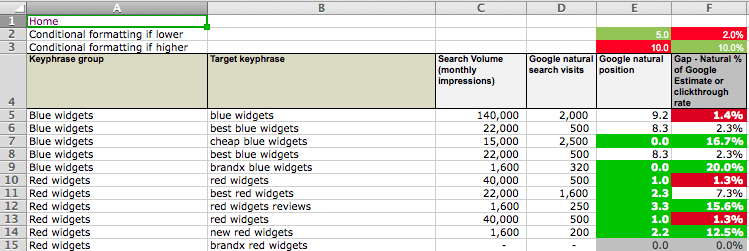








![How Marketers Are Using AI for Writing [Survey]](https://www.growandconvert.com/wp-content/uploads/2025/03/ai-for-writing-1024x682.jpg)







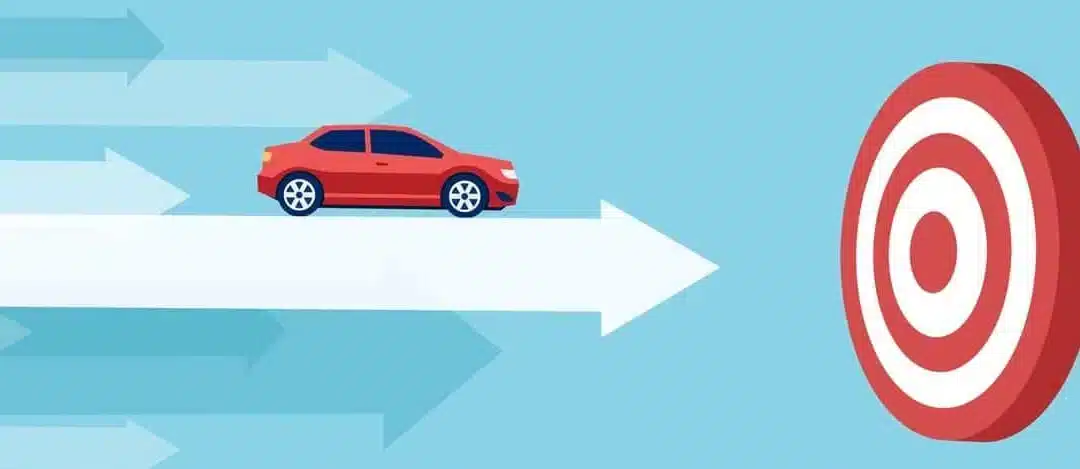






















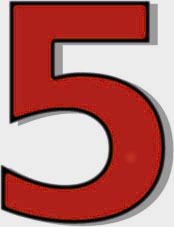















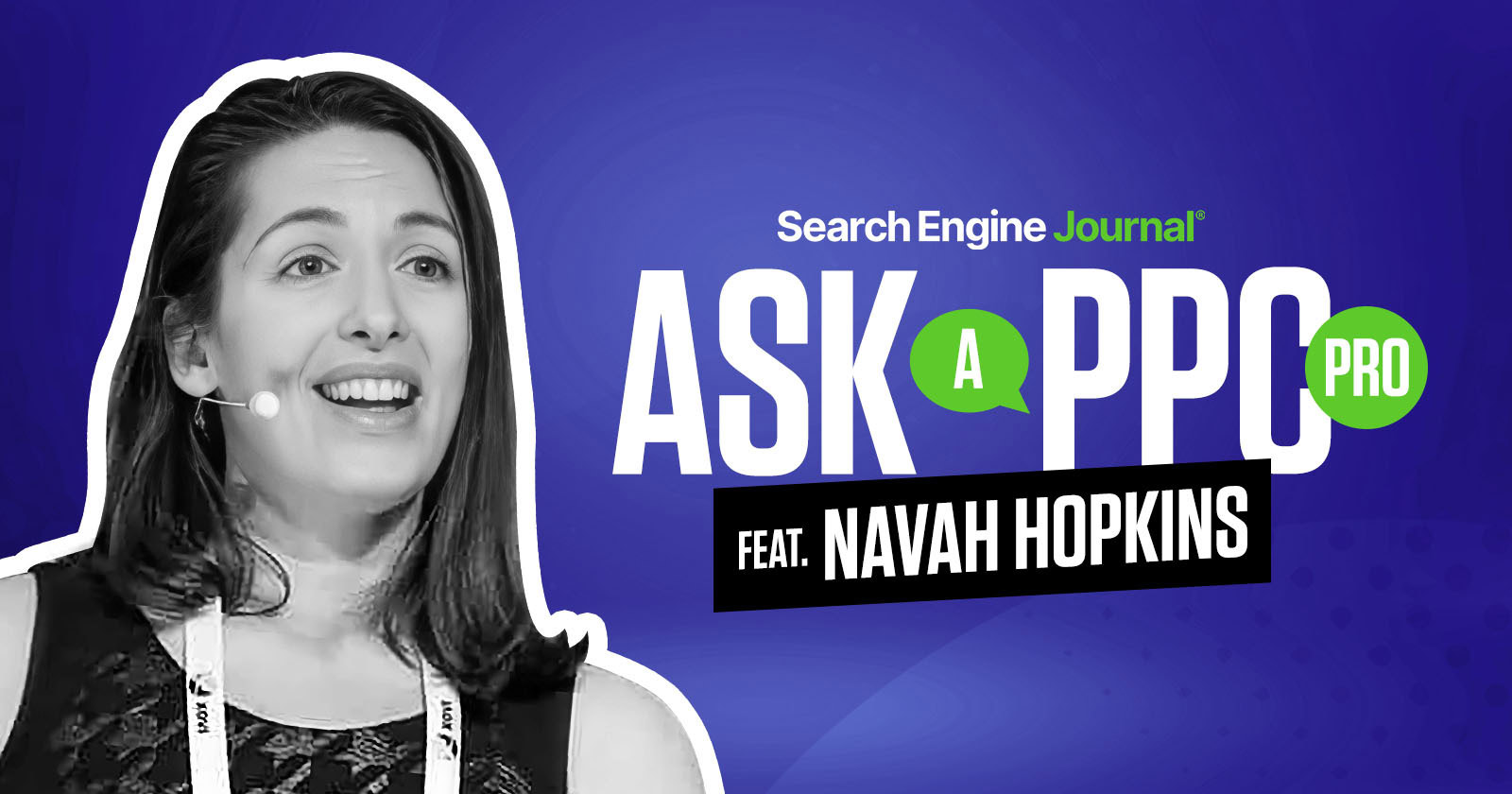

![31 Top Social Media Platforms in 2025 [+ Marketing Tips]](https://static.semrush.com/blog/uploads/media/0b/40/0b40fe7015c46ea017490203e239364a/most-popular-social-media-platforms.svg)



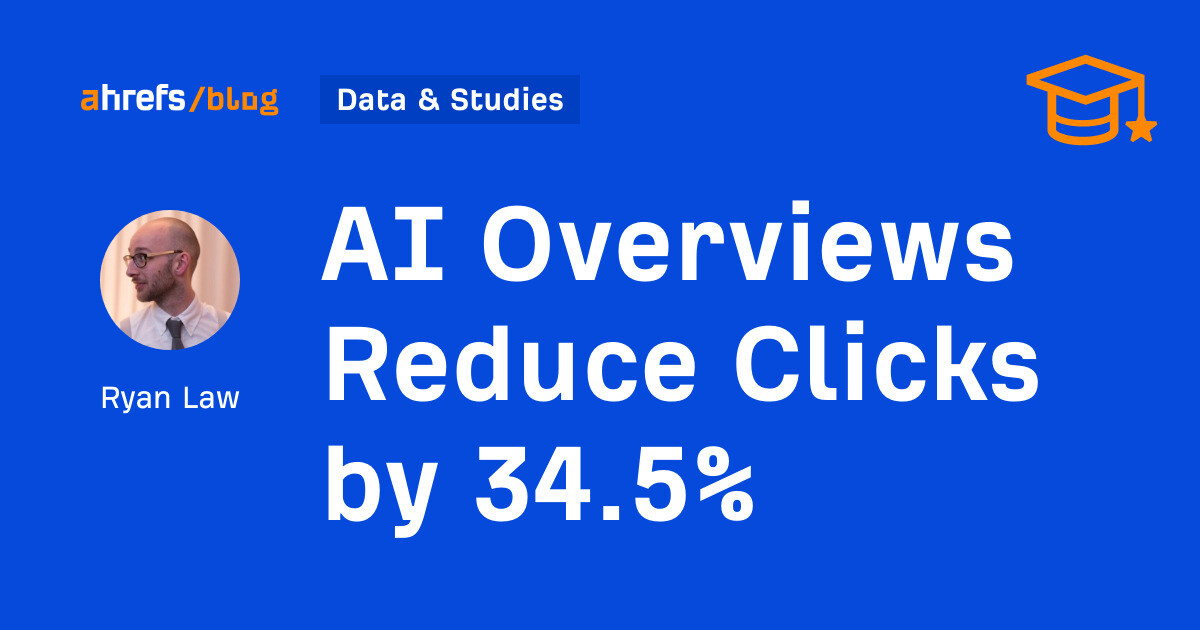
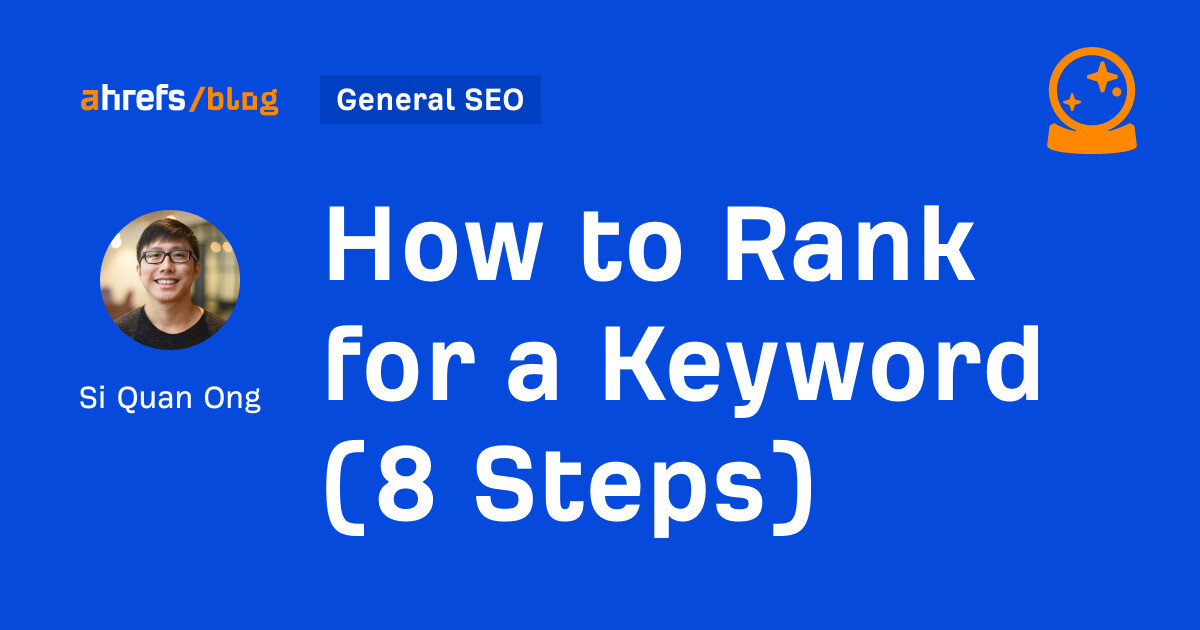
















![Gated Content: What Marketers Need to Know [+ Examples]](https://www.hubspot.com/hubfs/UNGated%20Content.png)













